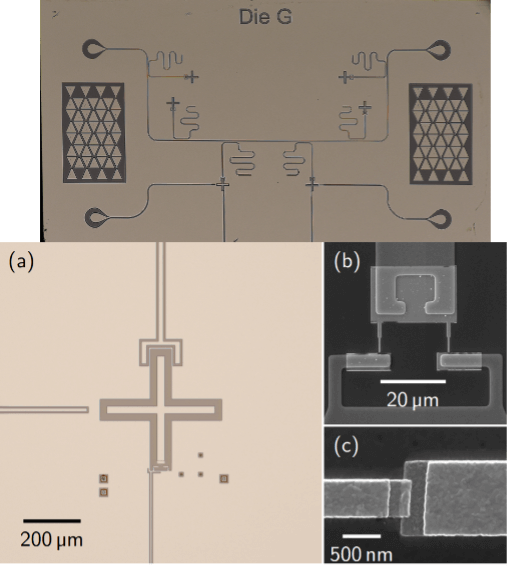Micro-supercapacitors (MCs) are miniaturized energy storage devices that can enhance the performance of wearable health devices, medical implants, wireless sensors, and micro-electromechanical systems due to their fast frequency response, long life cycle, and vast temperature operation. However, to make these MC systems into commercially feasible products, necessary improvements to current MC performance are necessary, primarily in increasing the energy density. Reducing the electrode materials’ dimension is the most effective approach to boost the performance of MCs. Graphene quantum dots (QDs) have already shown improved response over conventional MCs. This work aims to develop QDs from MXene, a class of layered transition metal carbides, carbonitrides or nitrides. These MXene QDs will increase the energy density of MCs by twofold and optimize their electrochemical performance for commercial viability. MXene of an optimized size for QDs will be produced using environmentally friendly etching methods. MXene QDs with different terminations will then be prepared and used as electrodes to fabricate MCs and to evaluate the capacitance and stability. Density Functional Theory (DFT) methods will be used to examine the physical properties of the materials and further understand the experimental results. The MCs that display the best performance will be assembled to study their characteristics further. The research will provide a green synthesis protocol of MXene and accelerate the discovery of optimized MXene QD materials. Moreover, the MXene QD MC devices will have increased energy storage performance and durability, ideally suited for the next generation of wearable health devices and clean energy storage.

Figure 1. Aiping Yu, Professor and University Research Chair. She is the recipient of the prestigious NSERC Steacie Fellowship and RSC Rutherford Medal, as well as listed in the 2022 World’s Top 2% Scientist database published by John Ioannidis at Stanford. Her research mainly focuses on 2D and carbon nanomaterials synthesis and surface tailoring for various applications, including supercapacitors, batteries, CO2 reduction, and polymer composites for EMI shielding and anti-corrosion.
Related Content

Qubits and Quantum Effects in Biology
It is unknown whether biological processes make direct use of quantum effects, as opposed to depending merely on the influence of quantum physics on chemical bonding and molecular structure.
June 1, 2017

Developing Tools for Quantum Characterization and Validation
Summary Coherence is essential for quantum computation; yet it introduces a unique sensitivity to any imperfections in hardware design, control systems, and the operating environment. Overcoming these sensitivities requires a hierarchy of strategies, ranging from optimization of the hardware architecture to software solutions including quantum error correction. Randomized Benchmarking Protocols are an important family of […]
October 3, 2017

Towards large area, resonant quantum tunneling diodes by continuous Langmuir transfer of exfoliated 2D materials
Summary Atomically thin 2D materials constitute promising building blocks for quantum devices due to their exotic, layer-dependent electronic properties. The ability to stack these materials in alternating layers enables heterostructures to be built in almost limitless combinations and over small enough length scales to observe quantum phenomena. So far though, practical implementation of devices based […]
April 1, 2020

Building Blocks for Quantum Neuromorphic Computing: Superconducting Quantum Memcapacitors
Quantum neuromorphic computing (QNC) is a novel method that combines quantum computing with brain-inspired neuromorphic computing. Neuromorphic computing performs computations using a complex ensemble of artificial neurons and synapses (i.e., electrical circuits) to emulate the human brain. QNC may lead to a quantum advantage by realizing these components with quantum memory elements, or memelements, which […]
June 12, 2023

